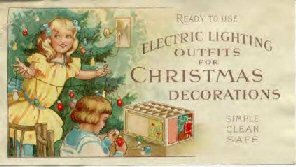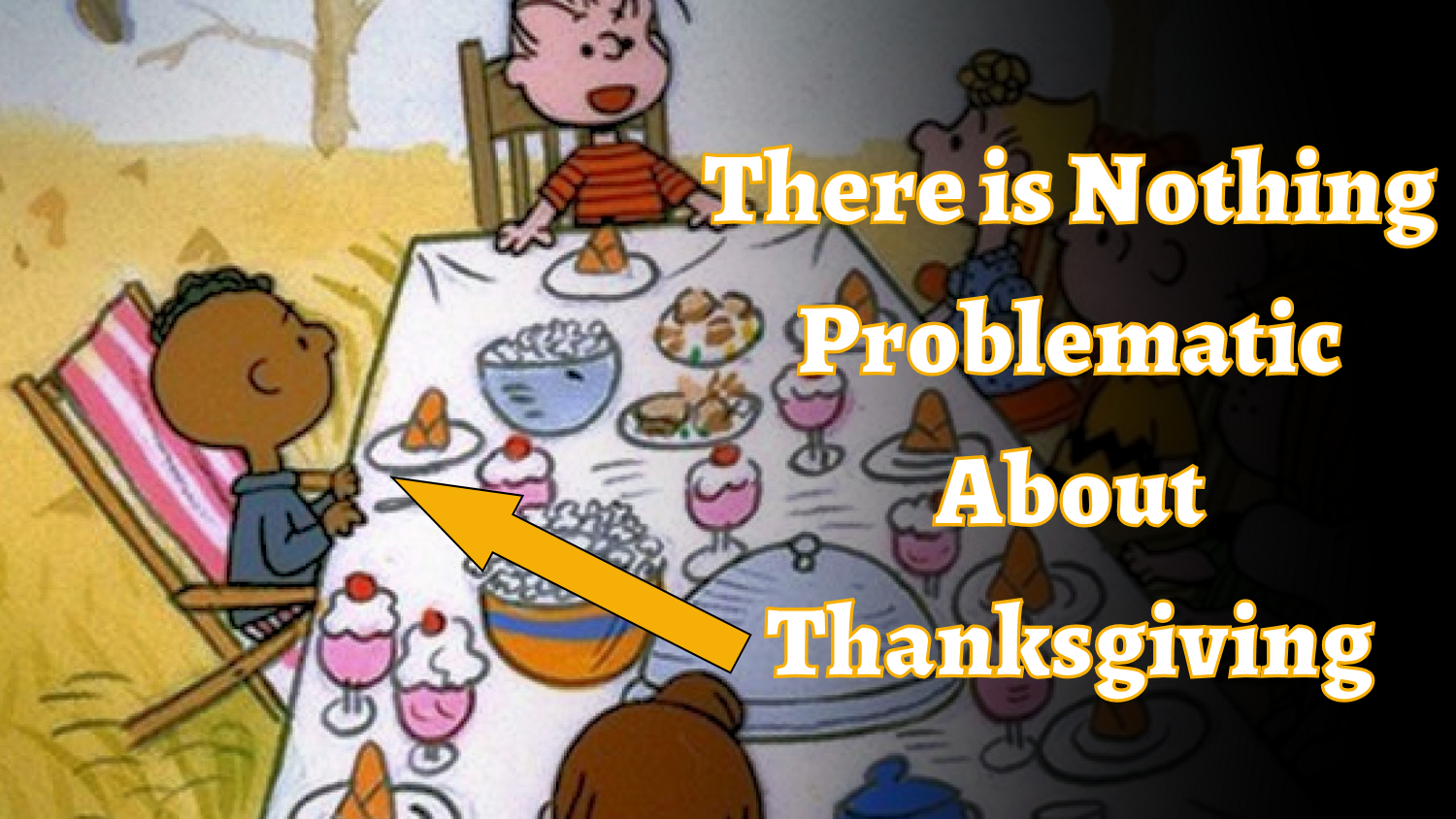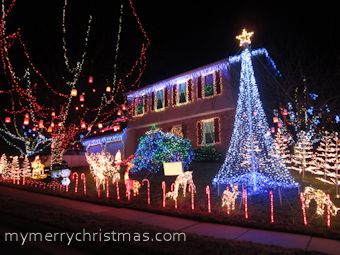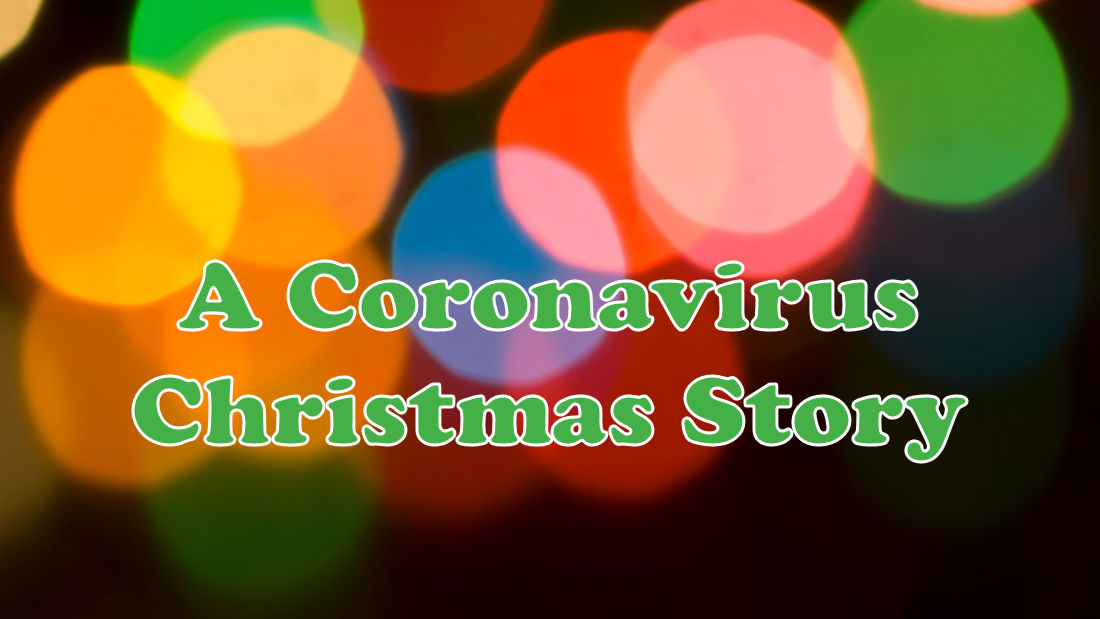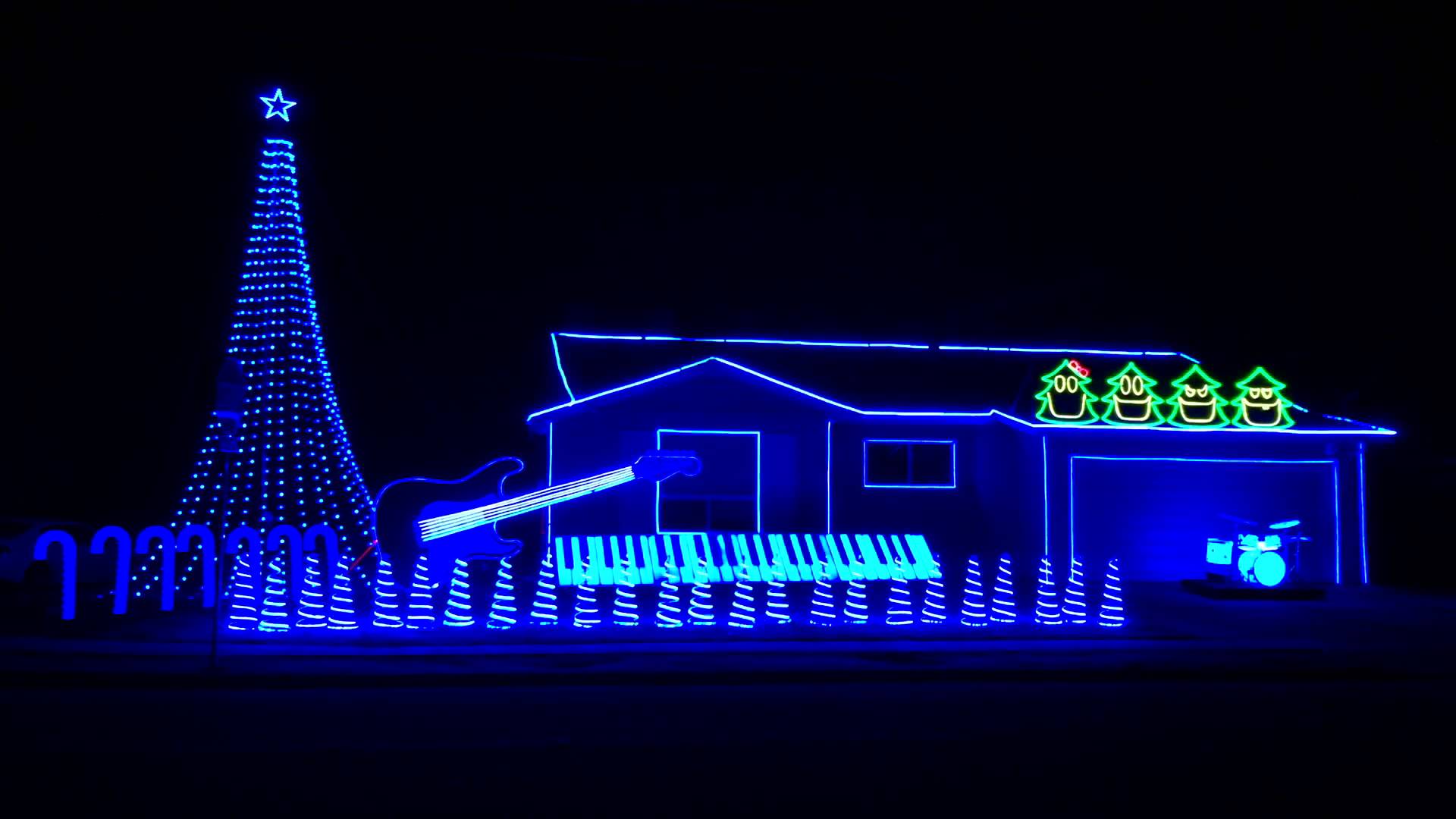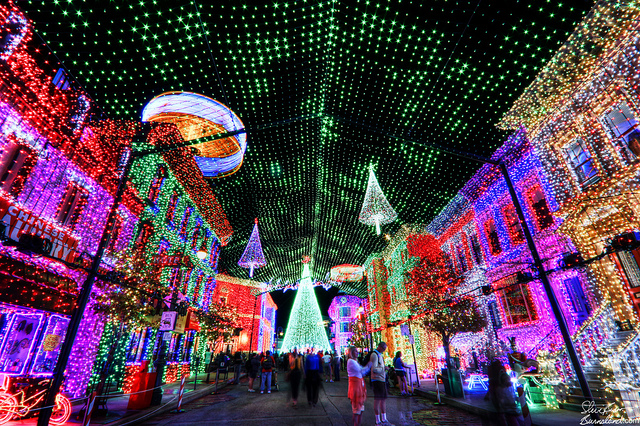History of Christmas Lights
By Bill Nelson
The world’s first practical light bulb was invented by Thomas Edison in 1879, and it was to be only three years later that an associate of his, one Edward Johnson, electrically lit a Christmas tree for the first time. The tree was in the parlor of his New York home, located in the first section of that city to be wired for electricity. The display created quite a stir, and was dutifully recorded by a reporter named Croffut in the Detroit Post and Tribune:
Last evening I walked over beyond Fifth Avenue and called at the residence of Edward H. Johnson, vice-president of Edison’s electric company. There, at the rear of the beautiful parlors, was a large Christmas tree presenting a most picturesque and uncanny aspect. It was brilliantly lighted with many colored globes about as large as an English walnut and was turning some six times a minute on a little pine box. There were eighty lights in all encased in these dainty glass eggs, and about equally divided between white, red and blue. As the tree turned, the colors alternated, all the lamps going out and being relit at every revolution. The result was a continuous twinkling of dancing colors, red, white, blue, white, red, blue—all evening.
I need not tell you that the scintillating evergreen was a pretty sight—one can hardly imagine anything prettier. The ceiling was crossed obliquely with two wires on which hung 28 more of the tiny lights; and all the lights and the fantastic tree itself with its starry fruit were kept going by the slight electric current brought from the main office on a filmy wire. The tree was kept revolving by a little hidden crank below the floor which was turned by electricity. It was a superb exhibition.”
Since public distribution of electricity was not yet common, those living outside of a major city who desired one of these wonderful trees had to supply their own electric power, typically from household generators. In addition, the services of a “wireman” had to be obtained, as few people were willing or even able to undertake the job of hand wiring all of the lights on the tree themselves. Electric socket outfits had not been invented, and it was a tedious task at best to wire all of the lights necessary to illuminate a room sized tree. Although intrigued, the public was not yet convinced of the practicality of electric trees.
In 1895, President Cleveland proudly sponsored the first electrically lit Christmas tree in the White House. It was a huge specimen, featuring more than a hundred multicolored lights. Finally, the general public was taking notice, and it was not long afterward that members of “high society” were hosting Christmas Tree parties. They were grand events indeed, as a typical lighted tree of the early 1900s cost upwards of $300 (more than $2000 today), including the generator and wireman’s services. Still out of range for the average American family, smaller and less expensive battery-operated lighting strings were decorating the trees of those adventurous enough to do the wiring. In fact, an article in Popular Electricity Magazine had an piece for children, explaining how to light the family tree with battery-powered electric lights. The back pages had instructions on ordering the necessary wire, sockets and light bulbs. General Electric even offered miniature light bulbs for rent in some cities, as an alternative to an outright purchase of the expensive lamps.
But electric tree lighting was not to be truly practical until the General Electric Company came to the rescue in 1903. That year, GE offered a pre-assembled lighting outfit for the first time. Still quite expensive at $12.00 (the total weekly wage for an average worker and the equivalent of about $80.00 today), many department stores in the larger, electrified cities would rent outfits for the season for $1.50. Called a “festoon”, the outfit consisted of eight green pre-wired porcelain sockets, eight Edison miniature base colored glass lamps, and a handy screw-in plug for easy attachment to a nearby wall or ceiling light socket.
It is interesting to note that while GE sold the first prewired string of lights to the American public, it did not manufacture the string. That honor goes to the American Eveready Company, You will recognize the Eveready name as being associated with batteries today. Eveready did not sell festoons under their own name until a few years later.
The American Eveready Company tried to patent their lighting strings, but were unable to, as when the company’s patent applications were presented to the United States Patent and Trademark Office for consideration, the courts decided that the socket sets were “based on common electrical knowledge” and not actually a new invention. It was not long after the decision was handed down that several companies began offering lighting sets of their own, and the American electric Christmas lighting industry was born.

